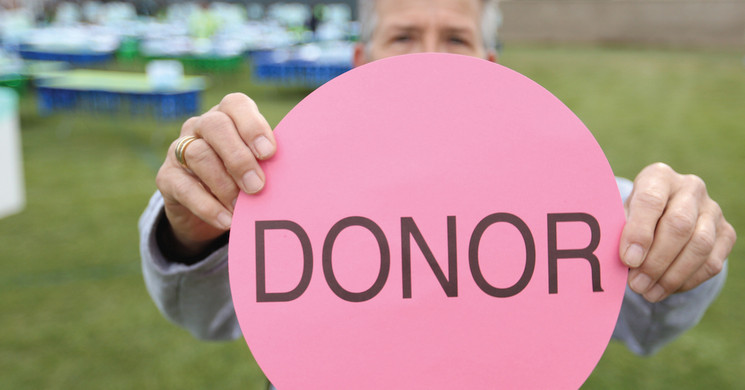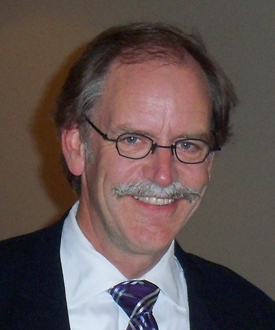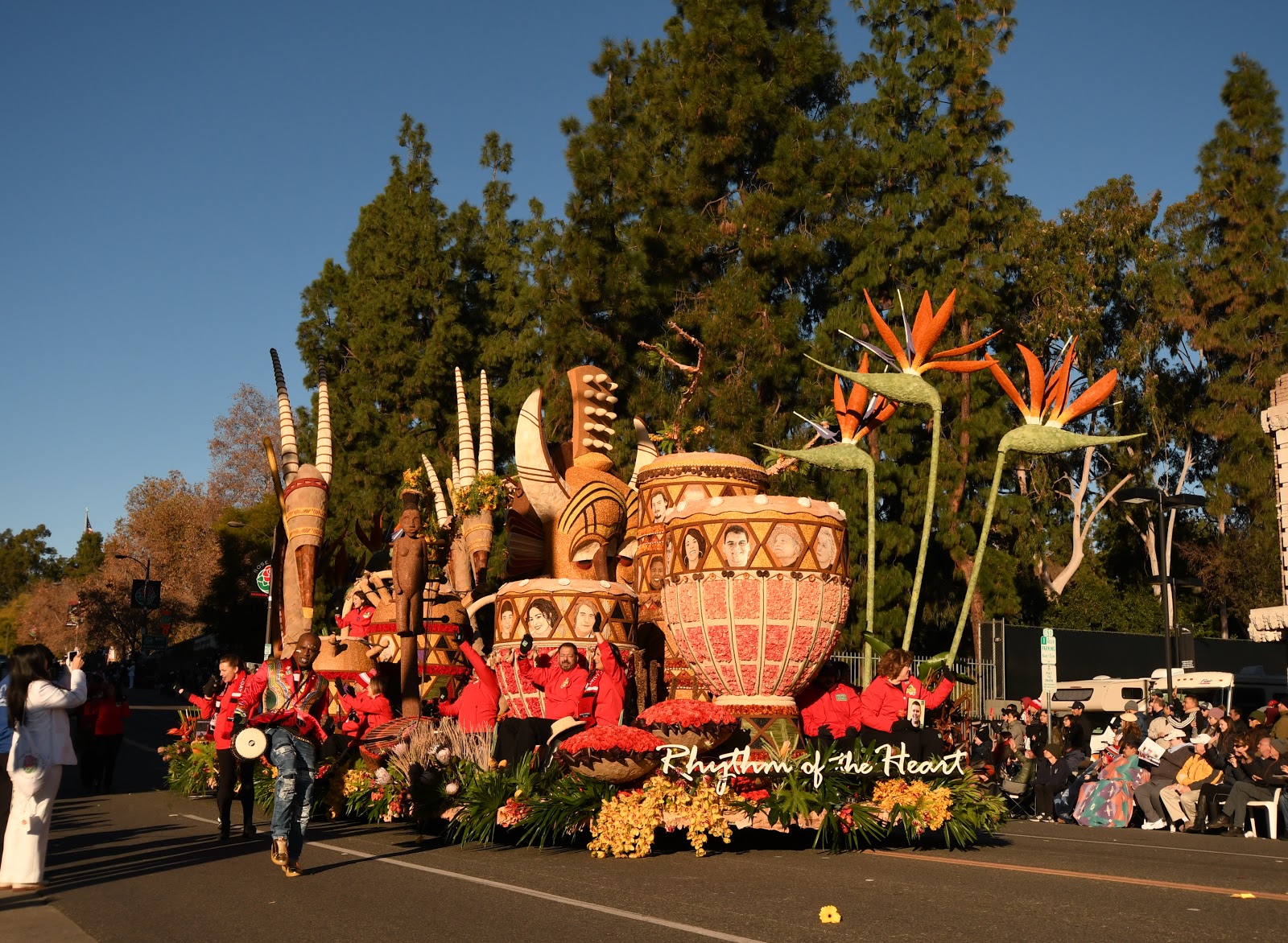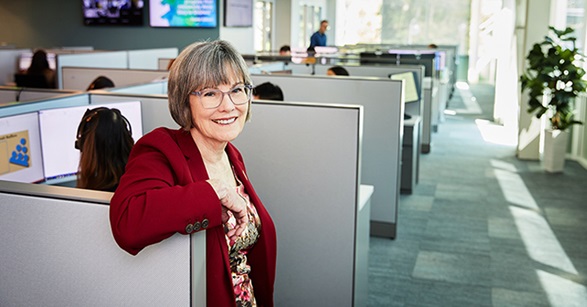When most people think of organ donation, they think of the symbol on their driver’s license — unless they are one of 114,000 people in the United Stateshoping for a donor match for whom this issue is very personal. OneLegacy, a nonprofit organization in downtown Los Angeles, enables these matches as its mission. In fact, it’s the largest organ, eye and tissue recovery organization in the world, enabling over 200,000 lifesaving and healing transplants each year.
OneLegacy has stayed at the top of its game through a combination of cutting-edge initiatives, from pioneering systems to worldwide outreach to a beloved parade float. CEO Tom Mone joined the organization in 2000 and has since doubled organ donation and tripled tissue donation. We recently spoke with Mone about best practices and what other nonprofits can learn from their success.
Since your arrival at OneLegacy, was there a high-impact moment where you thought, “I’m in the right place?”
Yes. Two months into the job, there was a tragic gang war. At the hospital, I met the mother of one of the young men who passed away, and as I started to offer her my condolences and our gratitude, she wrapped her arms around me with the biggest smile and said, “Thank you.” It shattered my perception that recipients were the only winners in organ donation. Donors and loved ones can be just as grateful — they have the chance to leave a legacy, to turn a tragedy into something meaningful.
"Donors and loved ones can be just as grateful – they have the chance to leave a legacy, to turn a tragedy into something meaningful."
Speaking of leaving a legacy, you started the Donate Life Rose Parade float in 2004, which has been a huge success. Has that surprised you?
Well, we were skeptical at first about how it would be received. But we were welcomed with open arms by both the parade organizers and audience. People who attend the parade are there to celebrate, and that’s how we feel about donation. It isn’t about loss — it’s about celebrating: life regained and life shared. The Donate Life float has inspired many, last year receiving 1 billion impressions. We are gratified by the reception.
Since you joined OneLegacy, another accomplishment was creating the world’s first electronic organ offer system. What other innovations have you premiered?
This business is rapid, and we’ve made a point of staying ahead of the curve. We created a web-based, electronic donor-record-and-offer system back when it was still phone calls and faxes. We also created nucleic acid testing for all donors, also in 2004, to enable more to safely donate. Both innovations are now national requirements. These innovations, the Donate Life float and a skilled team helped us double donations. Today 70% of people who can be an organ donor actually donate — something no other charity can claim — and for our recipients, that’s the gift of a lifetime.
OneLegacy takes its leadership and outreach seriously. How have you shared your best practices, both nationally and internationally?
We had a coordinator from Germany working with us, and her network of transplant surgeons and organ recovery colleagues asked for input from the United States. I was invited to speak with the folks in the German organ recovery program. That opened the door to other countries inquiring about our work. As we were growing very rapidly, and three of my colleagues and I decided to create a Global Leadership Symposium, inviting organizations from all over the world to learn best practices. It was astonishingly beneficial to learn what worked for some, what didn’t work for others and how to handle different cultural impediments and legal challenges. Today we collaborate with donation programs around the world.
Do differing perceptions and legal challenges impede organ, eye and tissue donation?
Native-born, multigenerational Americans have grown up with donation and transplant; this is not true for many immigrant Americans. We strive to have our ambassador recipients and donor family members from those communities educate, address traditional beliefs and inspire their communities to register and donate. Today our donation rates for each ethnic community we serve exceeds the U.S. averages.
As for legal challenges, in South Korea, for instance, a cornea can only be removed by a surgeon — not a technician. If that were changed, they’d be recovering 7,000 corneas a year, instead of 400–500. So I traveled there this year, to share that technicians are very reliable when trained properly and how we use them and have a very high success rate.
Have you seen a shift in perception that’s led to an increase in donations?
First and foremost, more people each year recognize that registering as a donor is an act of generosity that takes no more effort than checking a box at the DMV, yet can result in a legacy of life and caring for their communities and our world. Today over 16 million Californians and 150 million Americans are registered.
Countries with weak and ethically challenged donation systems are reaching out and rapidly learning how to save and heal lives while honoring the altruistic gift of life. Over the last 20 years, mainland China had some serious challenges in their donation transplantation because they were relying heavily upon executed prisoners. That practice has mostly ceased, and through outreach and education, they have really grown in voluntary donations, living and deceased.
Living donation, which is common in many countries, is growing here: People don’t realize that you can give a piece of your liver or lung and be just fine. People don’t need both kidneys; you can have one and live quite healthily. We’re working to spread awareness that living donation is a crucial element of meeting our goal of ending deaths [of those] on the waitlists, while healing donors and families create a legacy of life.






